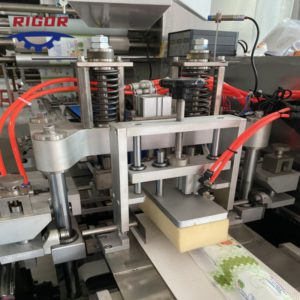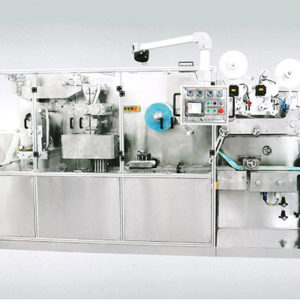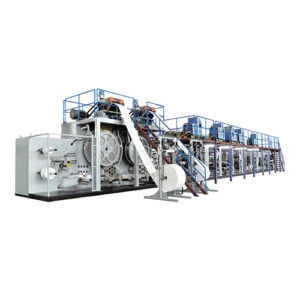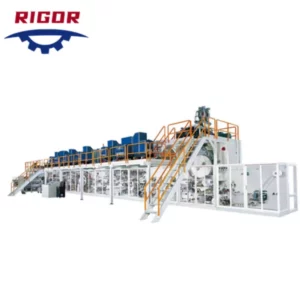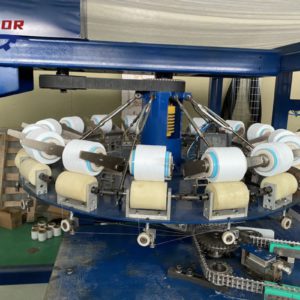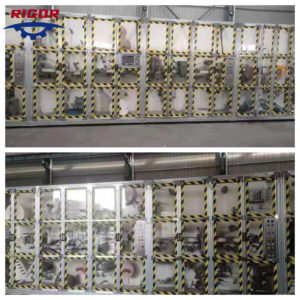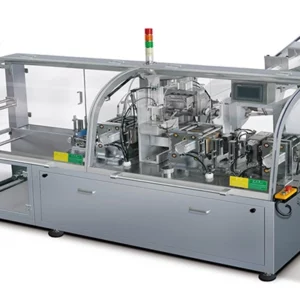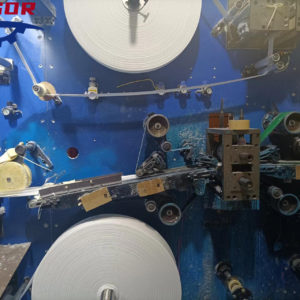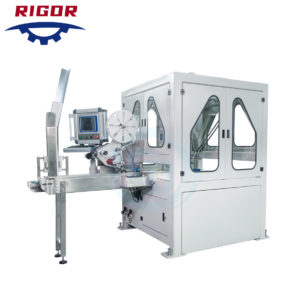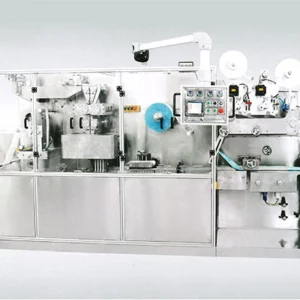The sanitary pad machine, a remarkable innovation in the realm of feminine hygiene, has significantly impacted women’s lives worldwide. It is an assembly line technology that transforms raw materials into disposable sanitary pads, ensuring millions of women have access to clean, safe, and affordable menstrual products.
The Evolution of Sanitary Pad Machines

Historically, menstruating women had limited options for managing their periods, often relying on homemade or rudimentary solutions. The advent of commercial sanitary napkins in the late 19th century marked a pivotal moment, but it wasn’t until the introduction of automated sanitary pad machine that mass production became feasible. These machines were developed to streamline the manufacturing process, enabling the rapid and consistent production of sanitary pads at scale.
Sanitary pad machines today are sophisticated pieces of equipment designed with precision engineering. They integrate advanced technologies such as ultrasonic sealing, non-woven fabric processing, and high-speed packaging systems. This ensures that every pad is hygienic, absorbent, and comfortable – qualities essential for effective menstrual care.
How Sanitary Pad Machines Operate
A typical sanitary pad production line consists of several stages:
1.Material Feeding: The process begins by feeding raw materials like absorbent cores (made from wood pulp or SAP), top and bottom sheets (usually made of non-woven fabrics), and leak-proof barriers into the machine.
2.Assembly: The machine then assembles these layers by positioning them accurately one atop another. Ultrasonic welding is often used to bond the different layers without the need for adhesives, thus maintaining hygiene standards.
3.Perforation and Folding: The pad is perforated for easy tearing and folded into its recognizable shape. Wings, if included, are attached during this phase.
4.Quality Control: Automated sensors check each pad for quality, ensuring it meets the required specifications for absorbency, size, and consistency.
5.Packaging: Once the pads pass quality control, they are individually wrapped and packaged into multi-pack units. The machine seals the packaging, labels it, and prepares it for distribution.
The Importance of Sanitary Pad Machines
-Accessibility: By automating the production process, sanitary pad machines make it possible to produce large quantities of pads at reduced costs, making them more accessible to women across all socio-economic strata.
-Hygiene and Health: Mass-produced sanitary pads from these machines meet strict health and safety standards, reducing the risk of infections and promoting menstrual hygiene management.
-Economic Empowerment: The availability of low-cost, high-quality sanitary pads encourages school attendance among girls and enables women to participate fully in work and community life even during their periods.
-Environmental Impact: Modern sanitary pad machines also contribute to sustainability efforts by utilizing eco-friendly materials and minimizing waste in the production process.
Innovations and Future Directions
In recent years, there has been a surge in the development of low-cost, portable sanitary pad-making machines. These innovations are especially valuable in rural areas and developing countries where menstrual hygiene products can be scarce and expensive. Additionally, the industry continues to explore biodegradable and reusable options, reflecting a growing global concern for environmental sustainability.
The sanitary pad machine stands as a symbol of progress in women’s health and rights. It underscores the importance of technological advancements in addressing basic human needs and overcoming societal barriers. As we continue to refine and expand the reach of these machines, we contribute to a world where every woman has access to the dignity and comfort she deserves during her menstrual cycle.
